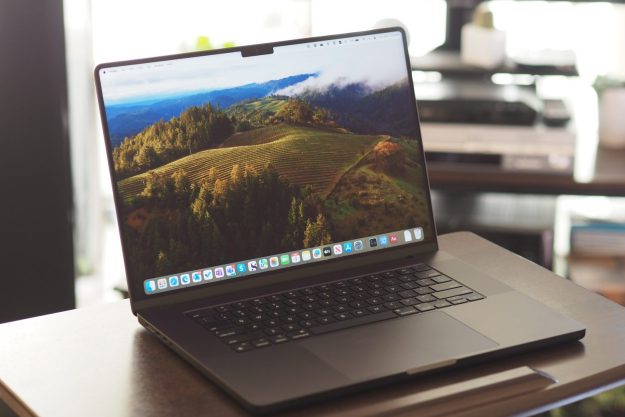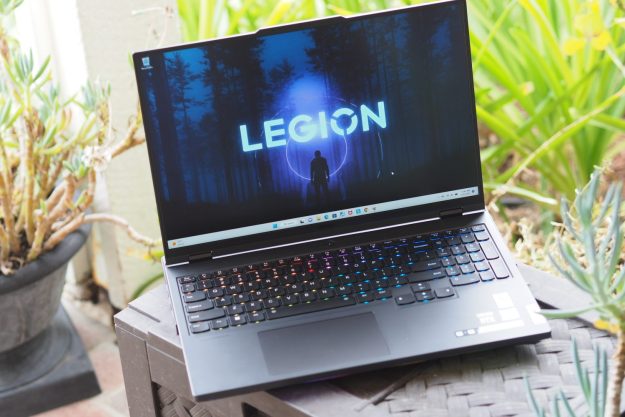It seems that only yesterday, Internet Explorer was a clunky abomination of a browser that lagged behind its competition in all features, crashed constantly, and was generally frowned upon by anyone with the knowhow to download something better. Seeing as the latest version, Internet Explorer 8, was just released yesterday, that embarrassing recollection of failure literally was last week.
While browsers like Firefox, Chrome, Opera and Safari have made quantum leaps in performance, feature set and general usability within the past year, Microsoft’s offering, Internet Explorer 7, has remained practically stagnant since its release in 2006, riding on its success as the de facto “browser of choice” (or lack of choice) for lazy Windows users everywhere. With Internet Explorer 8, Microsoft has taken an incremental step forward, but probably not one big enough to lure power users back to the brand they abandoned many versions long ago.
Internet Explorer 8 includes all the usual claims that come with a fresh release, including faster performance, more security, and better reliability, but the gang up in Redmond have thrown in a few new toys as well. Accelerators, for instance, allow users to highlight words on a page and then quickly perform tasks with them. Highlight an address, click on IE8’s blue Accelerator icon that pops up beside it, and you can view it on a mini map almost instantly. Tabbed browsing now uses color coding, and Web Slices allow you to grab pieces of a page that change constantly (like a weather forecast) and turn them into a sort of mini bookmark that appears on the favorites tab.
We gave Internet Explorer 8 a fair shake, exercising features new and old in our daily browsing to see how far the software has come. While the latest version definitely marks an improvement over its ailing predecessor, we stumbled across enough caveats and pitfalls in the new features to dismiss it as a freshly revamped – but still fundamentally lame – browser.
Hands On
The very first stumbling block we ran across came as soon as we attempted to import our settings from our usual browser of choice – Firefox. While Chrome had no problems automatically duplicating bookmarks from an existing browser of choice and setting itself up to instantly feel like home, IE8 neglected the toolbar bookmarks –the most important – to keep its own mish-mash of “Suggested Sites” and “Get More Add-ons” pegged to the favorites bar. Thanks, but no thanks.
Visually, Internet Explorer 8 hasn’t moved forward much from previous versions either. A few years back, we could call the browser’s aesthetic “clean,” but with the likes of Opera, Chrome and Safari setting new standards in clean interface design, IE8 still looks somewhat cluttered in comparison. Like the old version, Vista does help improve the look quite a bit, though.

Browser Comparison
Microsoft has touted improvements to tab browsing as one of its biggest steps forward with IE8. Clicking on links from within one tab now opens them in separate tabs it color codes to show where they came from. All the news articles we read this morning, for instance, took on a pale yellow background, while the new tab we opened to start checking on eBay items showed up in purple. This can be useful for keeping different online endeavors separated within the same window, rather than opening a new browser for different tasks. You can also click a button marked with a tile icon to view all open tabs by as graphic thumbnails, rather than name, which can be useful when you have 14 different tabs open and only a few letters of each title to browse by. Both of these additions turned out to be genuinely helpful, but were nearly negated by one intensely annoying faux pas: The tab you have maximized is highlighted so weakly that it can be difficult to look at a bar full of five of them and pick out which is on top.
The premise behind Accelerators seems to be taking one step out the usual copy-and-paste routine we all play while Web browsing. Normally, for instance, you might find the address of a business, copy it, open a new tab, load Google Maps, and paste it in. With Accelerators, you can highlight it, click a blue icon beside the highlighted text, hover over “Map with Live Maps” and the map will flash open beside it in a square mini window. Alternatively, you might highlight a word you don’t know, and get the definition the same way. It’s a neat trick, to be sure, but the non-Microsoft implementations of it so far still require some polishing. When we substituted Google Maps for Live Maps, for instance, we no longer got a mini window, we had to open a new tab. And though the Wikipedia Accelerator tried to pull off mini window functionality, more often than not, it just spit out “We are unable to display this view” instead.
Web Slices also leverage this simple overlay technique, sitting on the favorites bar like bookmarks until you actually click them, when they open as a mini window instead of a new tab. If you just need to know the weather, for example, a Web Slice is a faster way of pulling it up in a hurry, compared to navigating to the full Weather.com page for your city. Trouble is, there aren’t many Web Slices out there right now, and those that do exist didn’t seem too useful. You can check out the top stories on Digg in a hurry, for instance, but unless you’re interested in the top four stories, you’re better off just taking the extra second to visit the real page and see them all.
Microsoft has made a point of reminding the public that Internet Explorer runs significantly faster than the previous version, which is a bit like bragging about beating a Ford Festiva in a drag race in your new car. Internet Explorer 8 undoubtedly improves on that track record, but not enough to run with the latest crop of hares, including Firefox and Chrome. Multiple benchmarks, including Java’s SunSpider, show IE8 lagging behind its competitors. But those are benchmarks, and in real life we noticed little difference between Chrome and Internet Explorer. We pitted three browsers against one another in our own informal test – how fast each could load Gmail. Chrome did it in 1.9 seconds, Firefox in 2.2 seconds, and Internet Explorer 8 in 3.1. That’s a large disparity between the top and bottom, but in real life, you’re not likely to notice without a stopwatch in hand.
There’s more of course – a visual search that pulls up a list of thumbnails as you type from the search bar, a slate of useful options that appear in every new tab, and a “compatibility view” that allegedly improves the look of pages coded for old browser. There’s even the much snickered-about “InPrivate” mode that allows you to turn off the history on your browser altogether. But in truth, all of these features are pretty easy to overlook unless you know what you’re looking for, and equally easy to dismiss as gimmicks.
Conclusion
We’re glad that Microsoft hasn’t forgotten about Internet Explorer entirely. With about three quarters of the browser market nailed down, it very well could. But Internet Explorer 8 makes it clear that Microsoft is doing the bare minimum in the innovation department to keep up, and hasn’t been attempting anything near as ambitious the projects Google and Mozilla have cooking away at their labs. None of Microsoft’s more unique features, like automatically colored tabs, Accelerators or Web Slices really blew us away or tempted us to move on from other browsers. Chrome remains faster, Firefox remains more customizable, and Safari remains more user friendly. Until Microsoft can topple one of these all-important categories, Internet Explorer remains where it has always been – the standard for people who don’t care.


